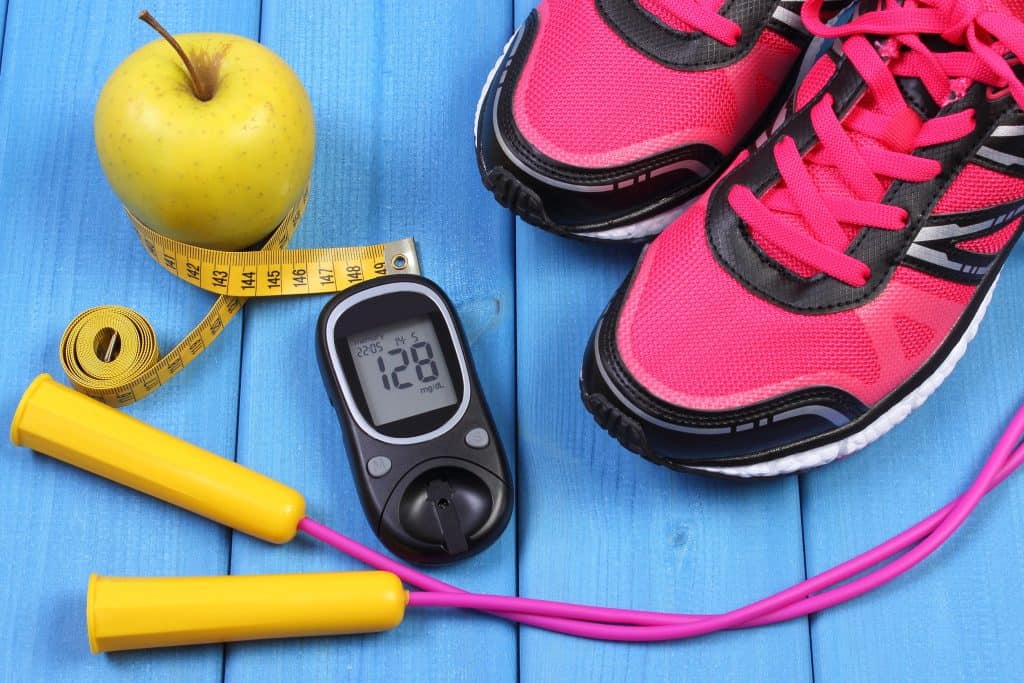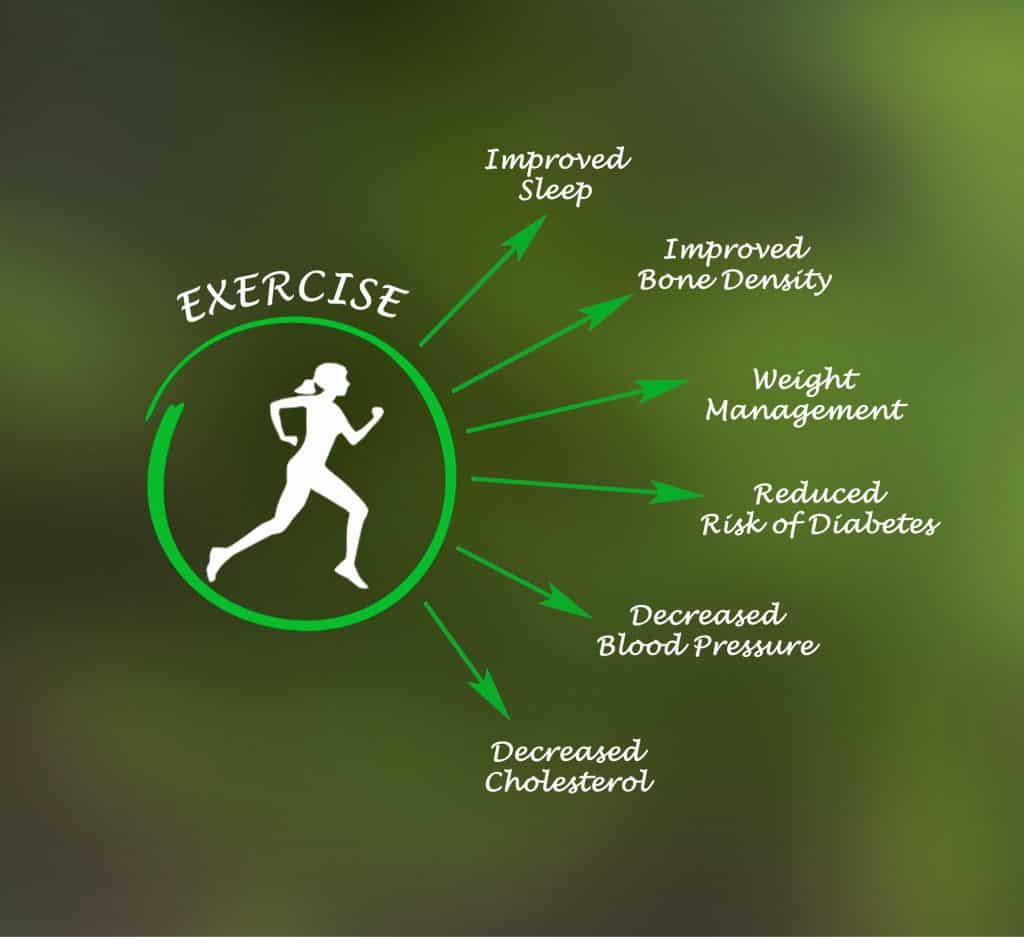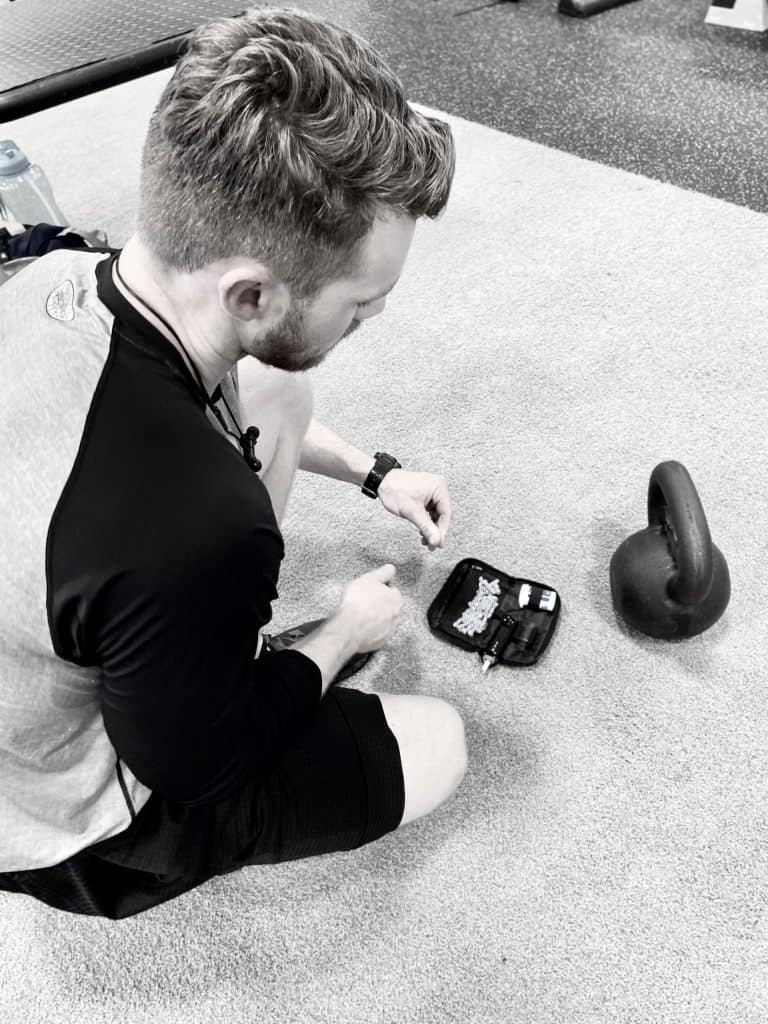Diabetes and Exercise – How To, Benefits, Risks, A Guide
Posted by Prescription Hope - See Editorial Guidelines (Last Updated On: Mon Apr 24 2023)
Regardless if you have diabetes or not, exercise can be extremely beneficial for your health. However, there are risks involved with diabetes and exercise. These risks can be avoided if you take the proper precautions.
In this article, we’ll discuss how to start exercising with diabetes, what you should do to limit risks, and how to get the most out of your health when it comes to diabetes and exercise.
Here is the quick answer to get us started.
Diabetes and Exercise: Regular exercise can increase insulin sensitivity and help diabetes patients control blood sugar levels. However, those with type 1 diabetes need to be cautious of low blood sugar levels while working out. Patients should start small and gradually increase their exercise intensity and monitor their blood sugar levels carefully.
Understanding the differences between the types of diabetes will prove to be beneficial as you read through this article. Here’s a more in-depth article covering the differences between type 1 and type 2 diabetes.
The benefits of exercise for diabetes

One of the main benefits of exercising for people with diabetes is that it helps increase insulin sensitivity.
Insulin sensitivity is defined as how responsive the body’s cells are to insulin. High insulin sensitivity means that your body can utilize glucose more effectively.
Beyond this, exercise has extreme benefits for everyone. It helps lower bad cholesterol (LDL) and raise good cholesterol (HDL). Exercise stimulates the body to have enzymes move the LDL to the liver to be excreted from the body.
Working out can also be responsible for lowering blood pressure and helping you lose weight. All of these benefits, in turn, improve your heart health and can decrease your risk of having a heart condition.
All of these benefits are crucial, as they help prevent complications associated with diabetes.
Diabetes and exercise – why it’s important
Type 2 diabetes is most often caused by insulin resistance, or low insulin sensitivity.
So, exercise is a great way to prevent type 2 diabetes and a great way to help control your blood sugar if you have type 2 diabetes.
Incorporating exercise into your daily routine may mean that you don’t have to take as much medication. It may not take you off medication entirely, but lowering your dose or putting you on a less concentrated medication may be cheaper for your wallet.
In turn, this may reduce the side effects caused by certain medications.
Many people with type 2 diabetes have high blood pressure as well.
A combination of diabetes and hypertension ends up straining the heart greatly, especially if left untreated. And typically, a person with type 2 diabetes and hypertension will also have too much bad cholesterol in their body.
Having too much LDL in your body can cause plaque buildup in the arteries. This is a condition known as atherosclerosis.
Diabetes only accelerates this condition, putting you at risk for a heart attack or other major heart condition.
As you are starting to see, everything is interconnected. One condition puts you at risk for another condition, which leads to another major medical condition.
However, exercise can set you on the path towards healthy living.
It can also help those with type 1 diabetes maintain control of their glucose levels, as exerting energy to burn glucose helps prevent blood sugar spikes.
Types of exercises

There are four main types of exercises, all of which can provide you with different benefits.
It is best to incorporate all of these exercises into your lifestyle to achieve optimal health. That can be a little difficult at times, given life circumstances.
However, including all these different workouts is how you will get the most out of exercise with diabetes.
Here’s a breakdown of each type of exercise and how it can affect your blood sugar levels. Keep in mind that the intensity of each exercise and other lifestyle factors will play a role in how your blood sugar responds to these activities.
Aerobic
Aerobic is just another way of saying endurance exercise, also called “cardio” by most in the fitness world.
Some of the workouts involved with this may include walking, running, biking, swimming, and other sports.
Aerobic exercise is best for your cardiovascular health and can prevent high blood pressure and type 2 diabetes.
Aerobic exercises can affect diabetes by causing a drop in blood sugar. This drop will, again, depend on the intensity of the activity.
Generally, after about 20 minutes of cardiovascular exercise is when you will notice the most significant decrease in your blood sugar.
This drop in blood sugar is due to the body using energy stored in the body from carbs and fats. More simply put, the immediate source of energy is from glucose.
Anaerobic
Anaerobic exercises are high-intensity and short-interval exercises. Running sprints, weightlifting, and calisthenics are included in this category.
Anaerobic exercises are great for building strength and lean muscle mass.
Studies have shown that this form of exercise has tremendous benefits. Not only will you build muscle, but your endurance will improve, bone density will increase, you can burn fat more effectively, and it’s proven to improve your mood.
With anaerobic exercises, you may notice a spike in blood sugar, followed by a delayed drop.
While performing this exercise, your body pulls energy directly from the muscles. This is because this exercise demands more energy than aerobic activities.
So, when performing an anaerobic exercise, your body may release stress hormones. These stress hormones then stimulate the liver to release glucose into the bloodstream.
Thus, resulting in a spike in blood sugar at the onset of this exercise.
Balance
Balance is an exercise particularly beneficial for older adults, as coordination can become worse with age.
However, balance can be of great value to everyone regardless of age. It helps give you stability and control over your body’s movements and posture.
Those that have gained or lost weight in a short amount of time may also benefit greatly from balance exercises.
After an ankle, foot, or knee injury, balance can help restore strength to the joint without causing too much strain. This helps prevent an injury from occurring again.
Unless you are incorporating balance into a strenuous activity, you may not see much of an impact on your blood sugar.
Flexibility
Flexibility, similar to balance, does not have to be rigorous. Flexibility exercises stretch out your muscles and can improve mobility around your joints.
This, in turn, can prevent injuries.
There are times in which flexibility can be strenuous, such as in yoga. This is when you may see an effect on blood sugar, especially if it’s hot yoga.
If you are a diabetic looking to get into hot yoga, or just yoga in general, there are a couple of things to be mindful of.
During hot yoga, your blood sugar may have a spike due to the heat, humidity, and stress on the body. Remember to drink plenty of water, as dehydration can cause blood sugar levels to rise as well.
You may also see a delayed drop in your sugar with this type of exercise.
However, always check your blood sugar often to prevent extreme fluctuations in your glucose levels.
When to Monitor your Sugar

Monitoring your blood sugar for diabetes and exercise cannot be emphasized enough. Phil Graham, a bodybuilder with type 1 diabetes, discusses why you should be obsessed with your glucose control when it comes to diabetes and exercise.
You can exercise regularly, but if your glucose is not controlled, then you are not doing yourself any good.
Hyperglycemia reduces the ability of your body to synthesize protein, which is essential for building muscle.
On the other hand, hypoglycemia can cause you to lose focus and energy, decreasing the effectiveness of your workout. Not to mention, low blood sugar can be life-threatening, especially in the midst of exercising.
I have spent a lot of time in the gym as a diabetic, and I can tell you from personal experience that not carefully keeping track of your blood sugar can be disastrous.
It can often be challenging to pick up on low blood sugar symptoms during exercise. You cannot rely solely on how you are feeling to determine if your blood sugar is in range.
If you have a continuous glucose monitor (CGM), then checking your blood sugar often and keeping track of the trends is convenient.
The conventional finger pricks are not as convenient, but it is the most accurate method and could prevent you from having extreme hypoglycemia.
Always check your blood sugar levels before starting to exercise. This will give you a good idea of a starting point and where your blood sugar may be headed, depending on the exercise.
If your blood sugar is on the lower end, you may want to grab a quick snack. Typically, 12-20 grams of carbs, depending on the individual, will keep your blood sugar stable throughout the exercise.
If you begin to feel different, if the typical exercise seems difficult to perform, or if you are getting unusually tired, check your blood sugar. Again, the symptoms of low blood sugar may not be as prevalent during exercise.
Always check your blood sugar after your exercise. Comparing your starting and ending blood sugars gives you a good idea of what your body is going through during training and how good your glycemic control is. Checking after anaerobic exercise may also help you determine if you need additional insulin.
How to get started – diabetes and exercise
Getting started with exercise is one of the more difficult parts for most people.
Having a friend that is into fitness or a trainer that will keep you accountable does help. But not everyone has those resources.
So, here are some tips to help you get started on your own.
Set Goals
Setting goals is essential for everyone. Whether it is exercise or something else, setting a goal helps you determine the purpose. It gives you something to strive towards.
Without goals, you begin to lose track and lose the “why.”
So, set exercise goals that will challenge you but are also attainable. Put a timeline on them too. If you want to lose weight, then how much weight do you want to lose, and by when?
Find Your Routine
Finding a routine will have a tremendous positive impact on diabetes and exercise. Having a routine will help you determine when you’ll be checking your blood sugar, when you’ll be going to the gym, and what you’ll be eating throughout the day.
Having a routine can give you tremendous freedom, reduces your stress, and helps you maintain control of your health.
Be prepared
Be prepared for when things don’t go exactly as planned. For example, be prepared for a low blood sugar event in the middle of your exercise by having fast-acting carbohydrates with you.
This also goes back to monitoring your blood sugar. You cannot be well prepared if you are not tracking your glucose levels.
When you aren’t prepared, you can fall out of your routine. This then can cause you to go on a downward spiral.
Final thoughts
We hope this has given you a better understanding and advice when it comes to diabetes and exercise.
We understand that maintaining proper glycemic control can be extremely difficult when your medications are too expensive. That is why Prescription Hope exists.
Prescription Hope works with various pharmaceutical manufacturers to help patients receive each of their medications for $60.00 a month through Prescription Hope’s medication access service . Enroll with us and see if you are eligible to receive your medications at a set, affordable cost.

